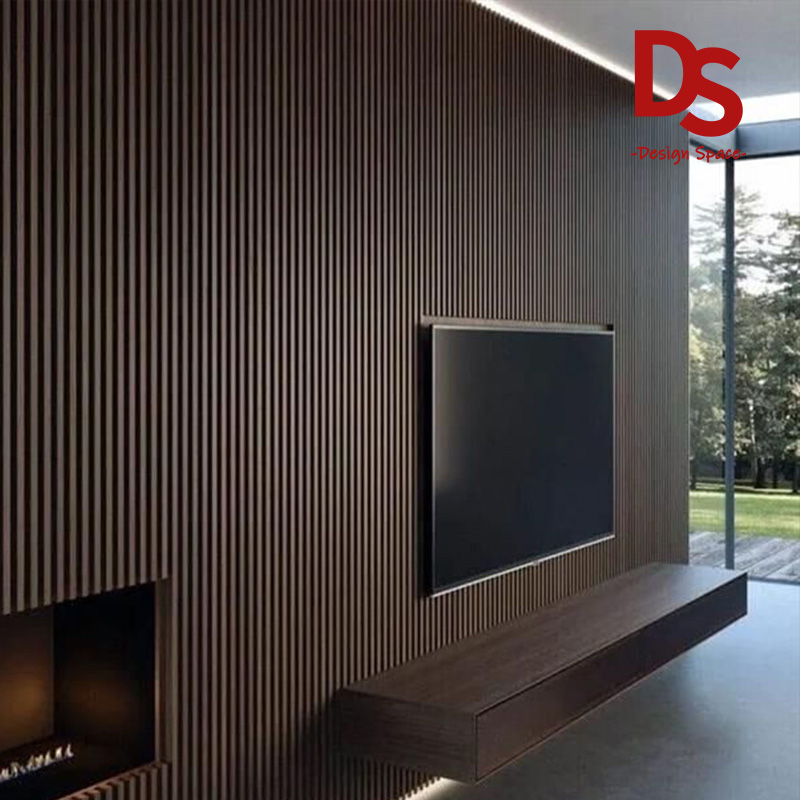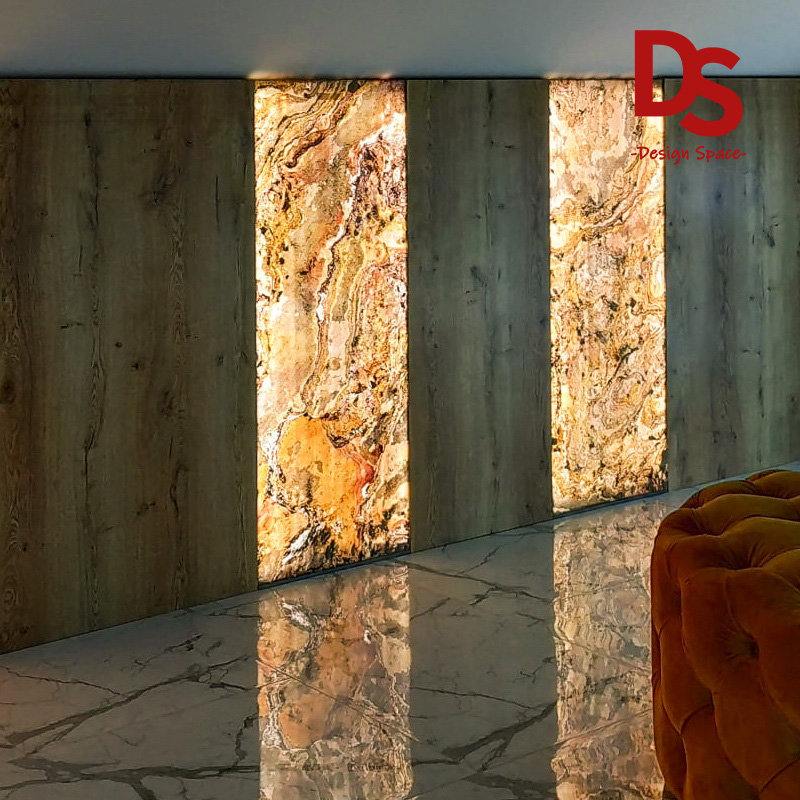|
Innovative New Building Materials: Exploring the Future of Architectural DesignIn the field of architecture, the emergence of new building materials provides designers and engineers with more possibilities. These materials not only possess excellent performance and durability but also excel in environmental friendliness and sustainability. The following are introductions to several highly regarded new building materials and their applications: PU Stone: PU stone is a high-performance composite material composed of polyurethane and mineral particles. It offers advantages such as lightweight, durability, ease of processing, and environmental friendliness. PU stone can mimic the texture and patterns of various natural stones, such as marble, granite, and limestone. It can be used in interior decoration, including wall cladding, flooring, countertops, and decorative columns, bringing a sense of high quality and luxury to spaces. Additionally, PU stone exhibits excellent insulation properties, contributing to improved energy efficiency in buildings.
PVC Wall Panels: PVC wall panels are environmentally friendly and easy-to-install wall cladding materials. Made from polyvinyl chloride, they possess characteristics such as waterproofing, moisture resistance, and durability. PVC wall panels are suitable for decorating wet environments like kitchens and bathrooms, effectively preventing wall dampness and mold growth. Furthermore, PVC wall panels offer a wide range of design options and decorative effects, mimicking wood grain, stone patterns, and metallic textures, adding personality and a sense of style to spaces.
Ultra-Thin Stone: Ultra-thin stone is an innovative building material with a thickness typically ranging from 1 to 3 millimeters. It is made from natural stone that has undergone special processing, resulting in a lightweight and flexible material. Ultra-thin stone can be applied to wall cladding, furniture surfaces, and facade designs, providing architects with greater design flexibility. Compared to traditional stone, ultra-thin stone is not only lighter but also easier to process and install. Additionally, the application of ultra-thin stone helps reduce resource consumption and enhances the sustainability of buildings.
Soft Porcelain: Soft porcelain is a novel ceramic material characterized by high compressive strength and abrasion resistance. It can be applied to floor and wall decorations, bringing unique aesthetics and textures to buildings. Soft porcelain exhibits high stain resistance and chemical corrosion resistance, making it easy to clean and maintain. Moreover, it offers excellent slip resistance, making it suitable for the decoration of public spaces and wet environments. The introduction of soft porcelain provides architects with greater creativity and design possibilities, enabling the creation of spaces that are both personalized and artistic.
By incorporating these new building materials, the construction industry is moving towards a more innovative and sustainable future. These materials not only meet the functional and performance requirements of buildings but also prioritize environmental protection and resource conservation. Architects and designers can utilize these materials to create more imaginative and distinctive architectural works while achieving the goal of sustainable development. Conclusion: The emergence of new building materials is driving the construction industry forward. The introduction of PU stone, PVC wall panels, ultra-thin stone, and soft porcelain provides architects and designers with more choices and possibilities. These materials possess exceptional performance and environmental characteristics, enabling the creation of creative, stylish, and sustainable architectural works. With the continuous progress of science and technology, we can anticipate the emergence of even more innovative building materials, further advancing the development and progress of architectural design. |










